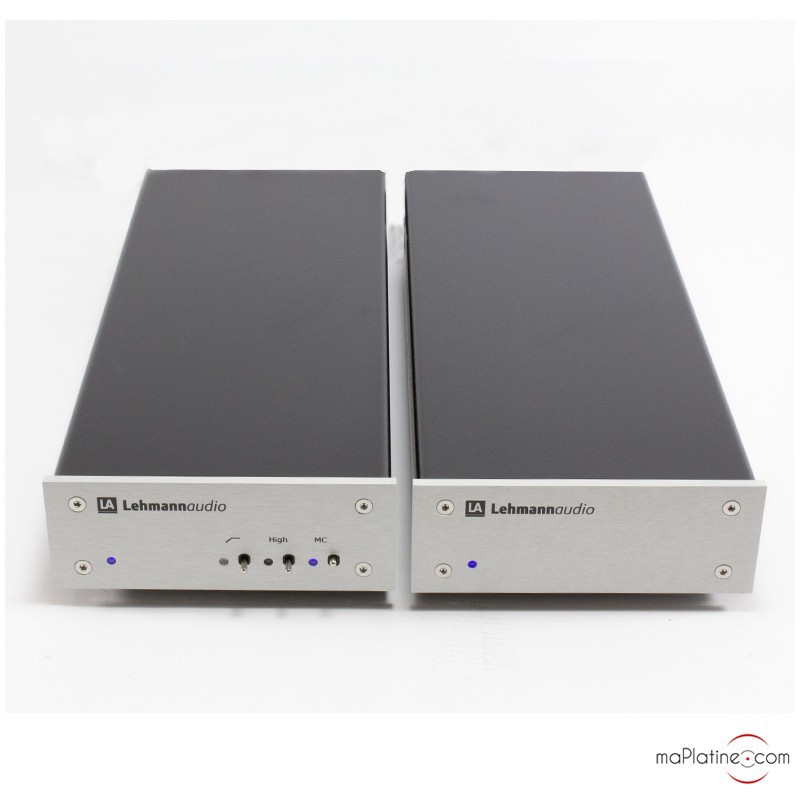
_small.jpg)
Nevertheless, there was a difference in approach. The closeness of the two outlets is most explicit in the Caxton anthologies Verse Alive I and II (19), edited by Glover and Rhodes, which collected satirical verses first published in Tomorrow. Many writers published by Caxton also wrote for the journal 4 Tomorrow regularly reviewed Caxton publications. Not surprisingly, a close relationship developed between the Caxton Press and Tomorrow. Winston Rhodes) of Tomorrow, contributing prolifically to its pages with poems, stories, essays and reviews. Glover (and John Drew) founded the Caxton Press as an independent printer and publisher after two years as a university club he was also on the editorial board (with Frederick Sinclaire and H. A crucial link between the two was the poet and printer, Denis Glover (1912–1981). The two most significant venues for literary output in the 1930s were the journal Tomorrow (1934–40) and the Caxton Press, which was founded in 1935. In the 1930s literature and the visual arts followed separate but parallel tracks it was only at the end of the decade and in the 1940s that significant crossovers occurred.

3 In this article I focus on a few points of crossover between publishing and the visual arts, because it is at these intersections (and others like them involving theatre, poetry and music) that the phenomenon of a collective irruption, transcending specific genres, is most evident. Suffice to say in the present context that the situation involved a combination of talent, luck, accident, mutual stimulation, a sense of shared circumstances and opportunities, the pressure of history both national and international, and an element of the always inexplicable.

The above assertions require more space than is available here to explain and fully justify.

The flowering of the arts in Christchurch had a local habitation through these institutions but was essentially a national phenomenon. 2 Founded in 1927, The Group, like Caxton Press, was a focal point for artists around the country, and especially, but not exclusively, South Islanders. Lehmann’s comments refer to literature (and particularly poetry), but they can be applied equally to what was being achieved in composition by Douglas Lilburn, in Shakespearian production by Ngaio Marsh, and in painting by artists of The Group. But importantly, all were published in Christchurch, by Glover’s and Leo Bensemann’s Caxton Press. Baxter) lived in the city-several were Aucklanders, Baxter lived in Dunedin, Brasch in England. Select Harmonic Technology products are available for audition in your home and on your system through our Cable, Component and Hi-End Headphone Lending Library.Not all the writers Lehmann had in mind (who included Ursula Bethell, Denis Glover, Allen Curnow, Frank Sargeson, A.R.D. This technology has recently been adapted to computer audio with the Harmonic Tech USB cable. Harmonic Tech’s unique Photon interconnect and speaker cables convert audio signal to light pulses, with absolutely no digital conversions. The following decade Harmonic Technology adapted glass fiber and laser-like technology to the audio realm in order to create a new generation of audiophile cables. Harmonic Tech digital cables and AC power cables also are held in highest regard. HT quickly made an impact with the Harmonic Technology interconnects and Harmonic Tech speaker cables. Harmonic Technology’s design process obtains purity levels in excess of 99.999997% in an atmosphere completely devoid of oxygen and other contaminants. In the decade of the 1990's Harmonic Technologies pioneered the use of continuous cast, single crystal conductors in their high-end audio cable designs, where metal is ultra-purified to eliminate any potential crystalline barrier distortion.


 0 kommentar(er)
0 kommentar(er)
